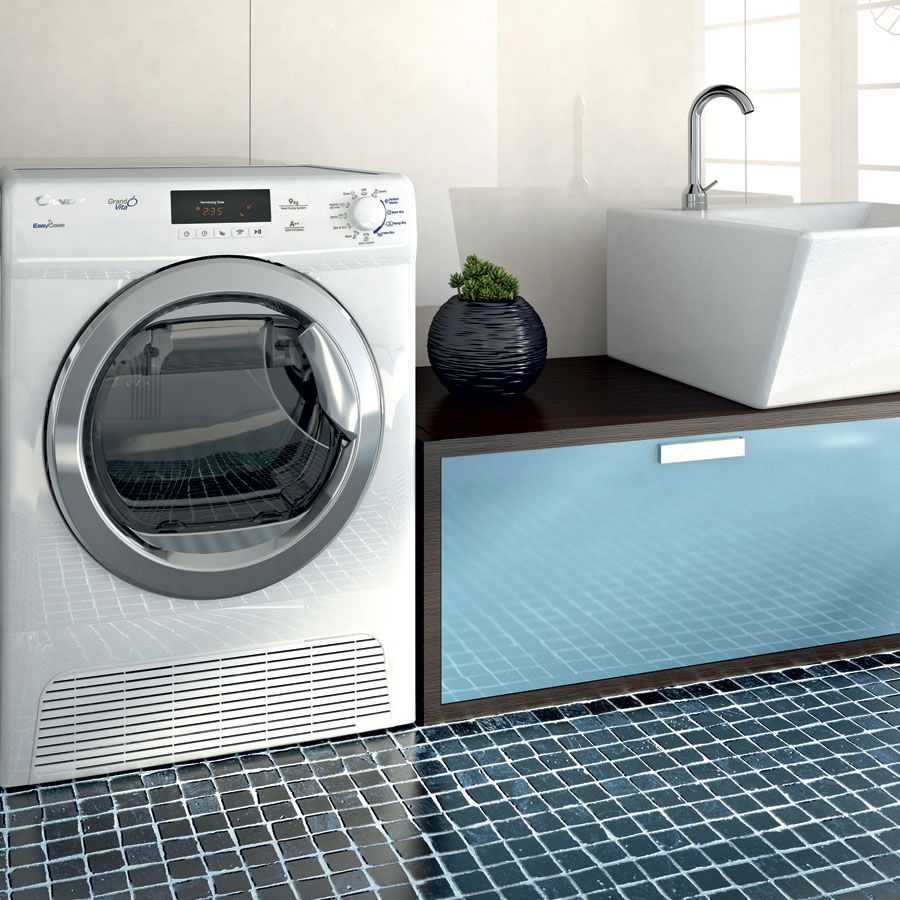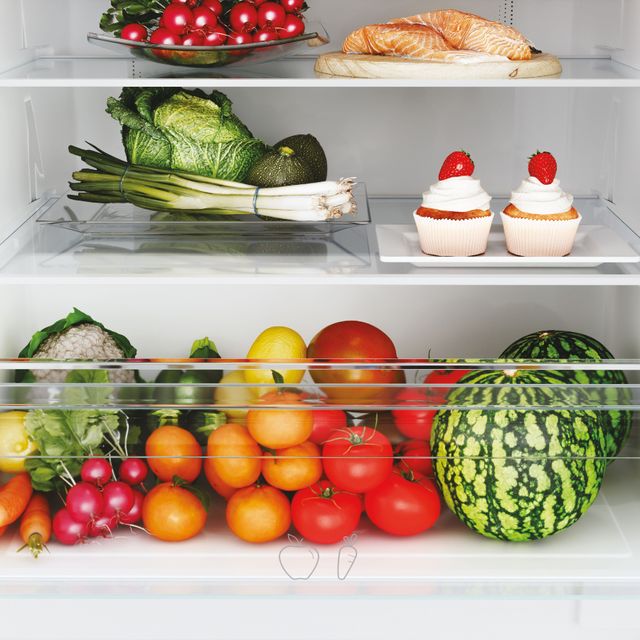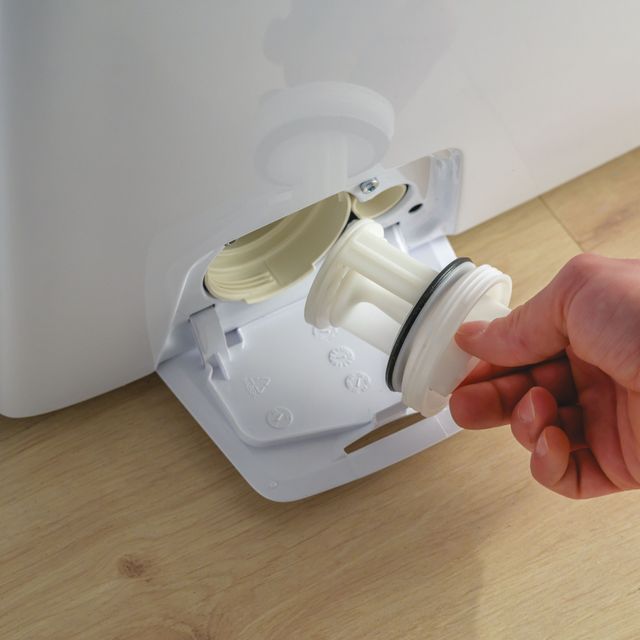Dryers have rapidly joined the list of the most desired appliances, especially for those who live in small apartments or in houses without balconies. This is because, in just a few hours, your clothes are completely dry, without taking up space and increasing the humidity in the house by hanging all the clothes out to dry. Not to mention the time that is saved: in fact, you avoid the tedious task of folding the clothes and, above all, very often it is not even necessary to iron them.
After establishing the fact that the tumble dryers can be an excellent investment to improve one's domestic life, it is necessary to understand which is the best model to buy. Which dryer should you buy? Since there are many variables to consider, this guide aims to orientate consumers towards a more conscious and suitable choice according to one's needs.
Dryer: features to be taken into account
There are many tumble dryer models available on the market today. And, as a result, there are several aspects to assess before making a purchase. As often happens, requirements change from individual to individual, but generally speaking there are not many main features required to make a conscious choice. Let's analyse them together.
Dryer or washer dryer?
First of all, you need to understand if you actually need a dryer or if it would be better to opt for a washer dryer. The difference between the two appliances is quickly explained: to start with, it is a specific appliance for drying garments, while the other is a washing machine with a tumble dryer function. Depending on the space available in the home, it is recommended to consider whether to purchase one or two units. In addition to the main function, they also differ in terms of load capacity (greater in the case of the dryer) and consumptions.
Energy classes and consumptions
Energy consumption is the second parameter to be calculated and, therefore, the class to which it belongs. From a purely economic standpoint and attention to the environment, the choice should fall on one of the latest generation models which are identified by the letters A, A+ or A++. A Class A dryer, for example, will mean you will spend 50 cents per full load cycle, but this cost will fall further if you use a model in an even more advanced energy class. In addition to the consumption of dryers, however, we should take into account the savings that we achieve in relation to other appliances: cycle programmes such as Easy Iron or Stiro Facile used by Candy dryers actually serve to reduce the use of irons. Moreover, with the most innovative tumble driers, there is no need to worry about wasting energy in cases of incomplete loads: if there are only a few garments in the drum, the appliance automatically detects the amount and, thanks to the humidity sensors, adapts the duration of the cycle and only consumes the energy needed to dry the garments completely, using the least possible amount of energy.
Load capacity and cycle programmes
It is also essential to decide the model of your dryer according to your specific needs, taking into account the load capacity and functionality of the appliance. Generally speaking, a tumble dryer can hold up to 10 kg of laundry, therefore basically more than one washing machine load. To make all these garments ready to wear, it is possible to start a complete cycle which lasts about two hours (in any case a very short time compared to line drying). However, if you need to reduce the time, there are also functions that allow you to choose faster cycles, lasting just 40 minutes. Overall, it is always recommend to opt for a model that has functions that suit the variety of the fabrics available on the market. In this regard, Candy is a frontrunner. The range GrandÓ Vita Candy features cycle programmes suitable for all types of clothes, from synthetic to cotton garments, from colourful to the most delicate woollen items: as for the latter, rest assured that they will not be damaged in a tumble dryer, as the range has even been certified by The Woolmark Company.
Motor and technology
Consider choosing a dryer with a similar load capacity to that of the washing machine to complement them. With the new Candy dryers, you can choose to position the two products side-by-side, maintaining a perfect family-line, or stack them in a stable and safe manner using a special connection kit exploiting the vertical space instead of floor space. Dryers can however be placed anywhere as they do not require a water drainage pipe.
Dryer: advantages
In short, the purchase of a dryer can be quite convenient in many ways. Firstly, it is essential for those who do not have outdoor spaces and are protected from smog. Furthermore, it guarantees perfectly dry garments in no time at all, without damage to the fibres of the fabrics, thanks to the innovative technologies of the latest models. Energy consumption and costs have been drastically cut: today the tumble dryer is a practical appliance for everyone. Last, but by no means least, it minimises the need for ironing garments; also in this case, the savings in time and consumptions are blatantly obvious.
Which dryer should you buy?
If you decide to purchase a dryer, then it will be necessary to take into account both the new products on the market and one's personal needs. Consumption, load capacity, drying and ironing programmes, engine and technology are all essential elements when making a conscious choice. But it doesn't stop there. It is also necessary, in fact, to decide if you prefer a washer-dryer (for those who do not need excessive load capacity) or a tumble dryer. In the latter case, for those with restricted space in the home, it is possible to stack the washing machine and dryer using the special connection kit. To achieve this, you must choose a model with a container for collecting condensation water. The Candy dryers are all equipped with the patented EasyCase system which, thanks to the opening system with an ergonomic handle, makes the emptying operation quick and easy (it should be highlighted that the water can be reused for ironing or for irrigation of plants, as it does not contain limestone). The alternative to this system, on the other hand, foresees a wall drain, which avoids having to empty the container but, of course, requires masonry works. Finally, if you opt to purchase the two appliances, it is important to consider the compatibility of the respective load capacities: if these are similar, it will be easier to wash and dry your clothes, as you can simply pass the entire load directly from the washing machine to the tumble dryer.




